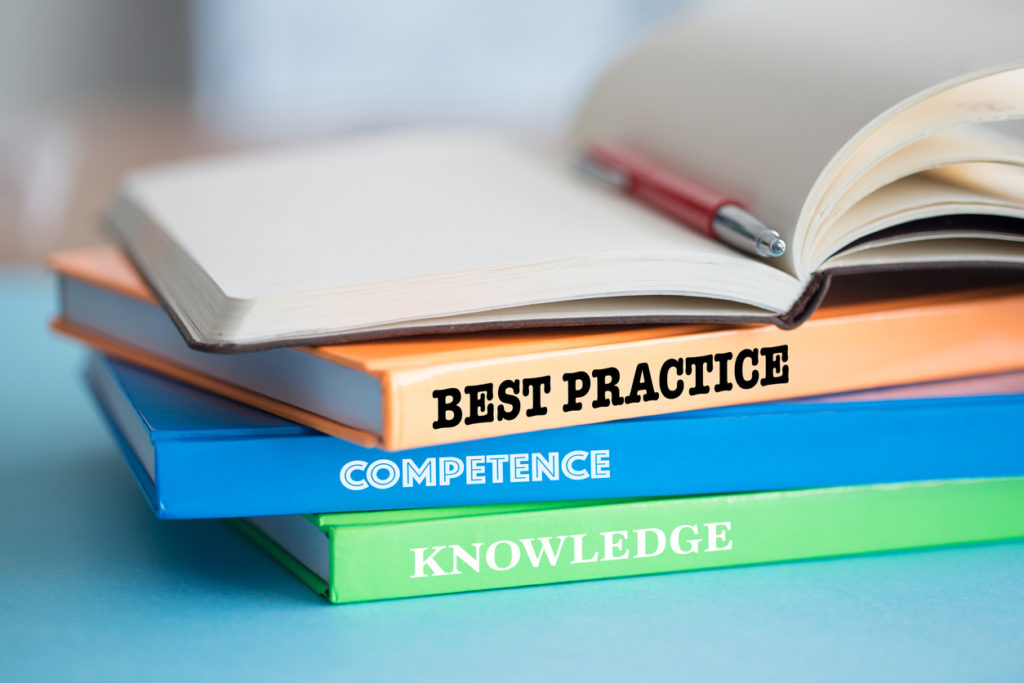
Clutch Leadership??
In Gallup’s annual poll asking Americans about their confidence in various public and private institutions, one has ranked first or second nearly every year since 1973, when the poll began, and has topped the list continuously since 1998: The Military.
Military leaders have long been recognized for leadership skills that are of great value outside military environments. Think about it, for more than two centuries, America has trained its officers to be effective leaders in combat and beyond. Military leaders have had to learn new tools and techniques to face a fast-changing and unpredictable type of enemy, so they must be trained in ways that build a culture of readiness and commitment. Business leaders need just such a culture to survive and succeed, given that they, too, face unprecedented uncertainty—and new types of competitors.
Do you know managers or CEOs who rises above when everything is on the line? In sports I understand they call this a “clutch player”. This is a new term for me, but the definition is clear, clutch player refers to someone who succeeds in pressure situations…one who does well with the game on the line. Think Michael Jordan, Tom Brady, Martina Navratilova. They not only didn’t wilt, they got better.
Is there such a thing as a clutch leader?
The latest issue of Harvard Business Review focuses on military leadership. New York Times business writer Paul Sullivan, author of Clutch: Why Some People Excel under Pressure and Others Don’t recounts a talk he gave at West Point on the subject.
All clutch leaders display five traits, he said: focus, discipline, adaptability, being present, and fear and desire.
Sullivan’s good news for the rest of us is that organizations can train their performers to respond well to pressure. Sullivan says there are three things business leaders can learn from cadets:
- Focused on a goal. “When they graduate they will be deployed to lead a platoon, probably in Afghanistan or Iraq. They know the responsibilities and the risks. And everything they are doing is preparing them for that moment. Do you know what your primary mission is at work?”
- Continuous improvement. “They work in an organization that is continually striving to be better. When a mistake happens, the Army tries not to let it happen a second time. Are you aligned with the right organization? Or if you’re leading that organization, are you prepared to change things that aren’t working, even if change could be hard or even a reversal of something you implemented?”
- Practice for success. “These cadets are given the physical and mental training that will help them do their jobs at the highest level. They know you have to be able to perform a task perfectly under normal conditions before you can expect to do it in a stressful situation. Can you say the same thing? Are you able to do your job at a high level every day? If not, then you should not be surprised when you make the wrong decisions under pressure.”
Will following this advice make you the Michael Jordan of your organization? Maybe not, but working at focusing on the objective, adaptability to the environment and improvement of skills sure puts whatever natural abilities you have in the best position to succeed when the going gets tough.
